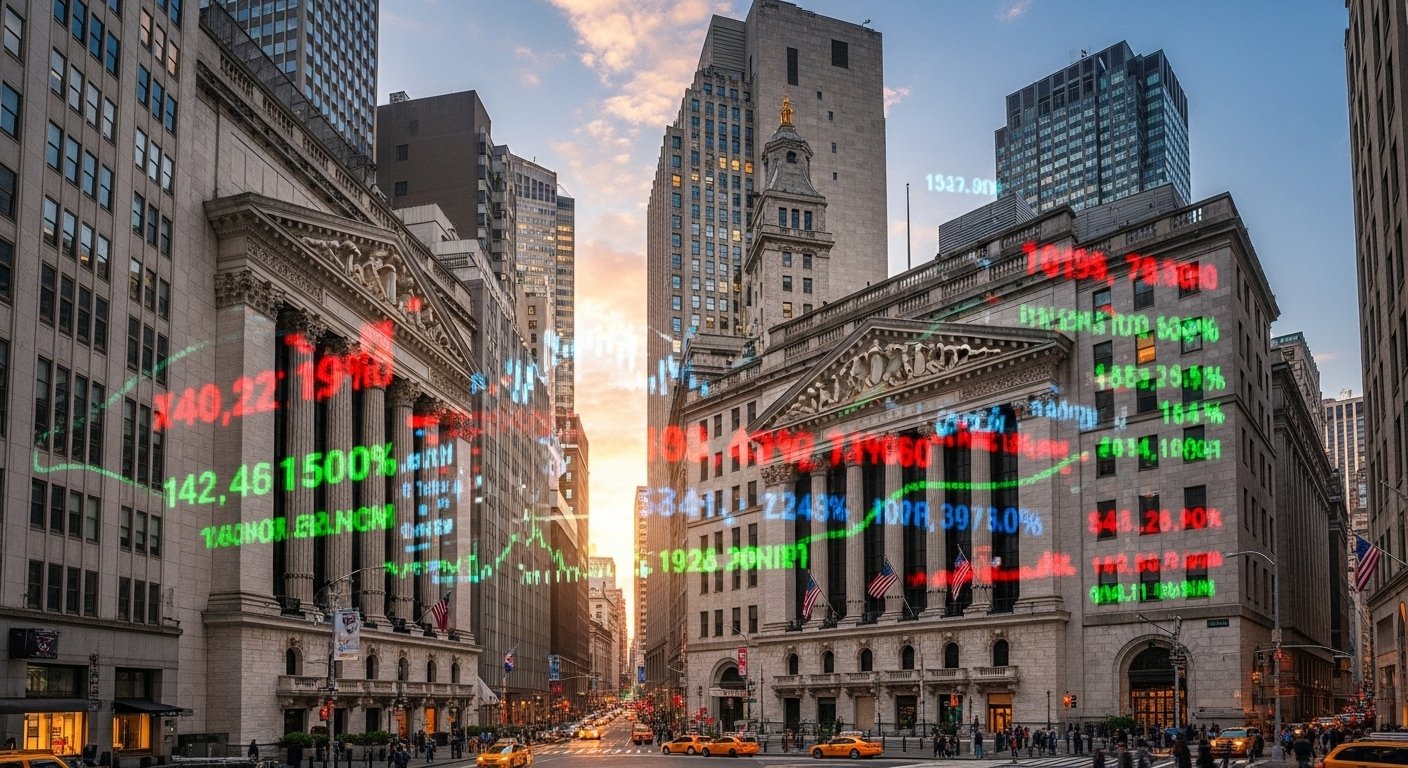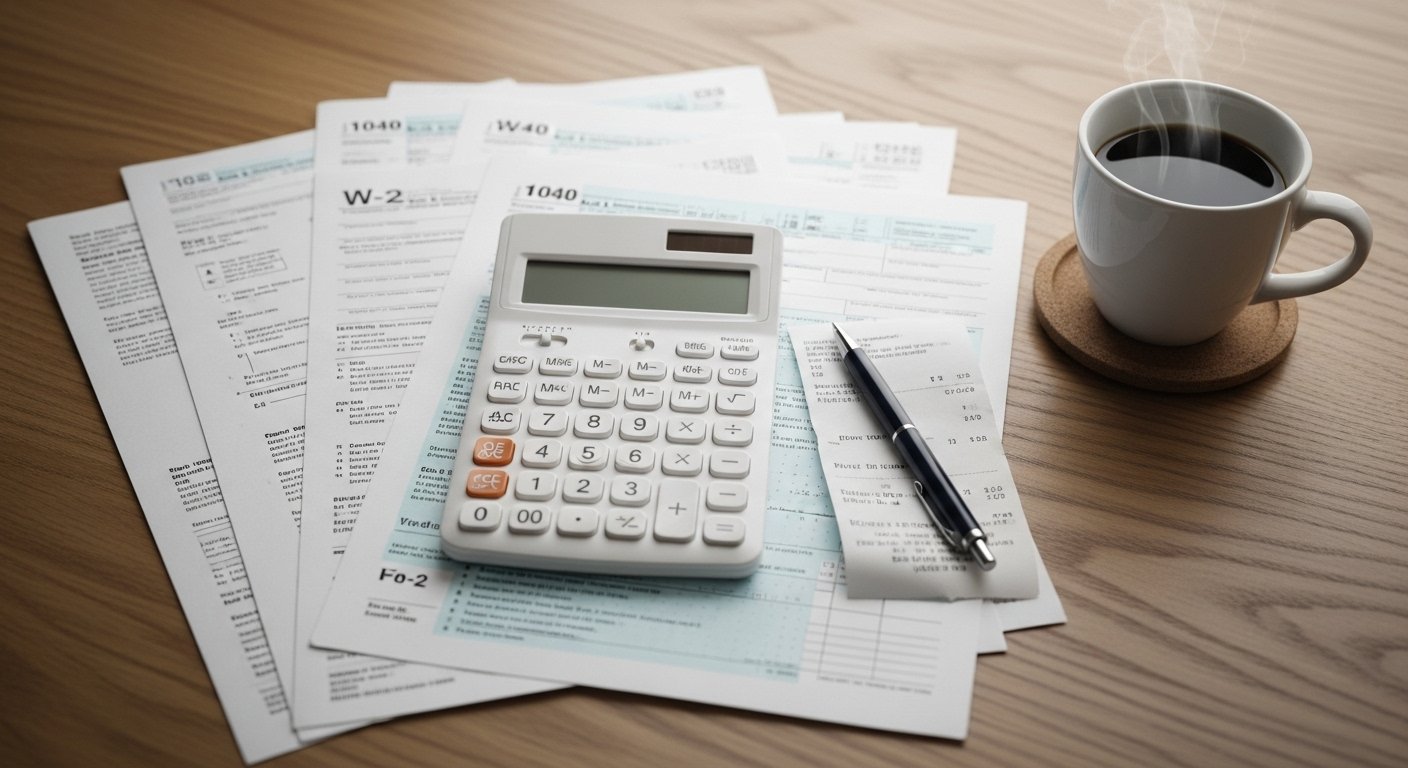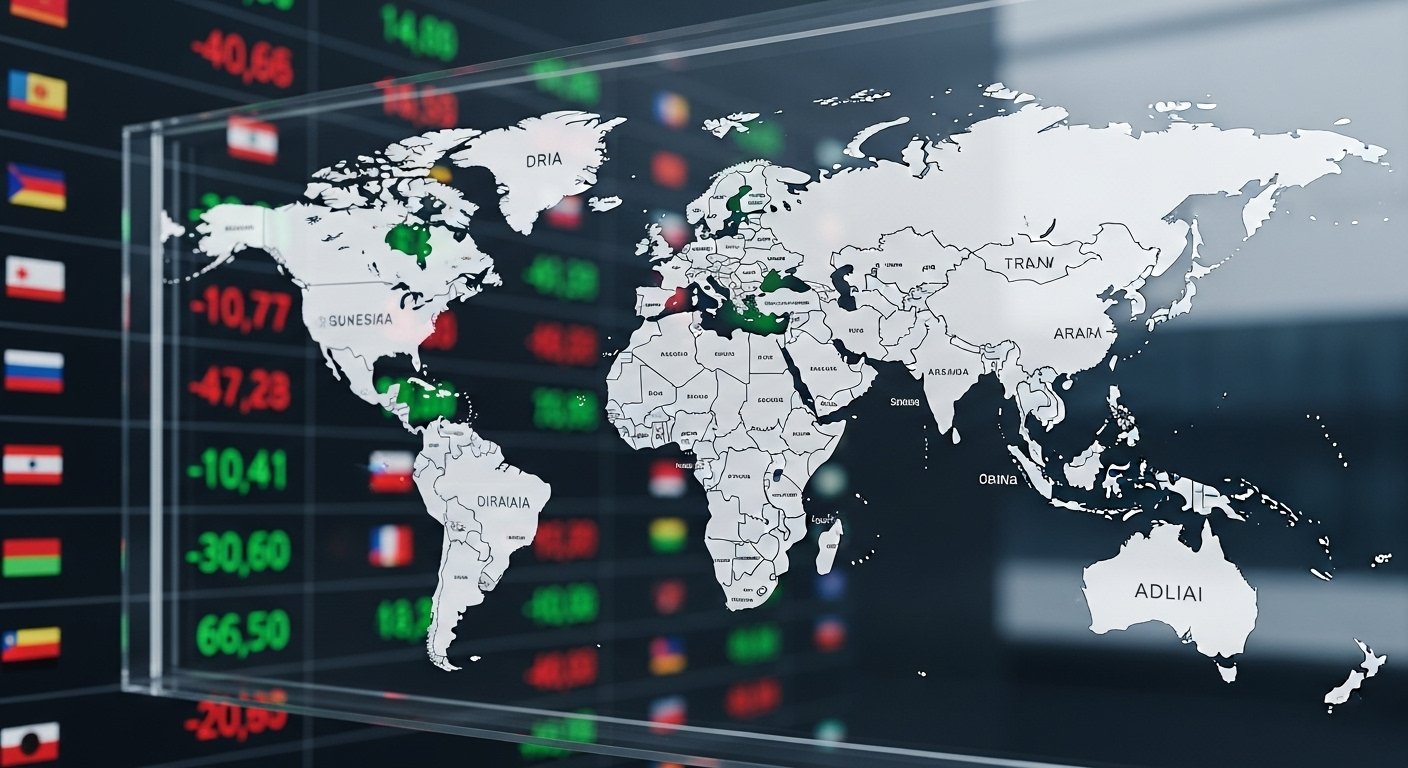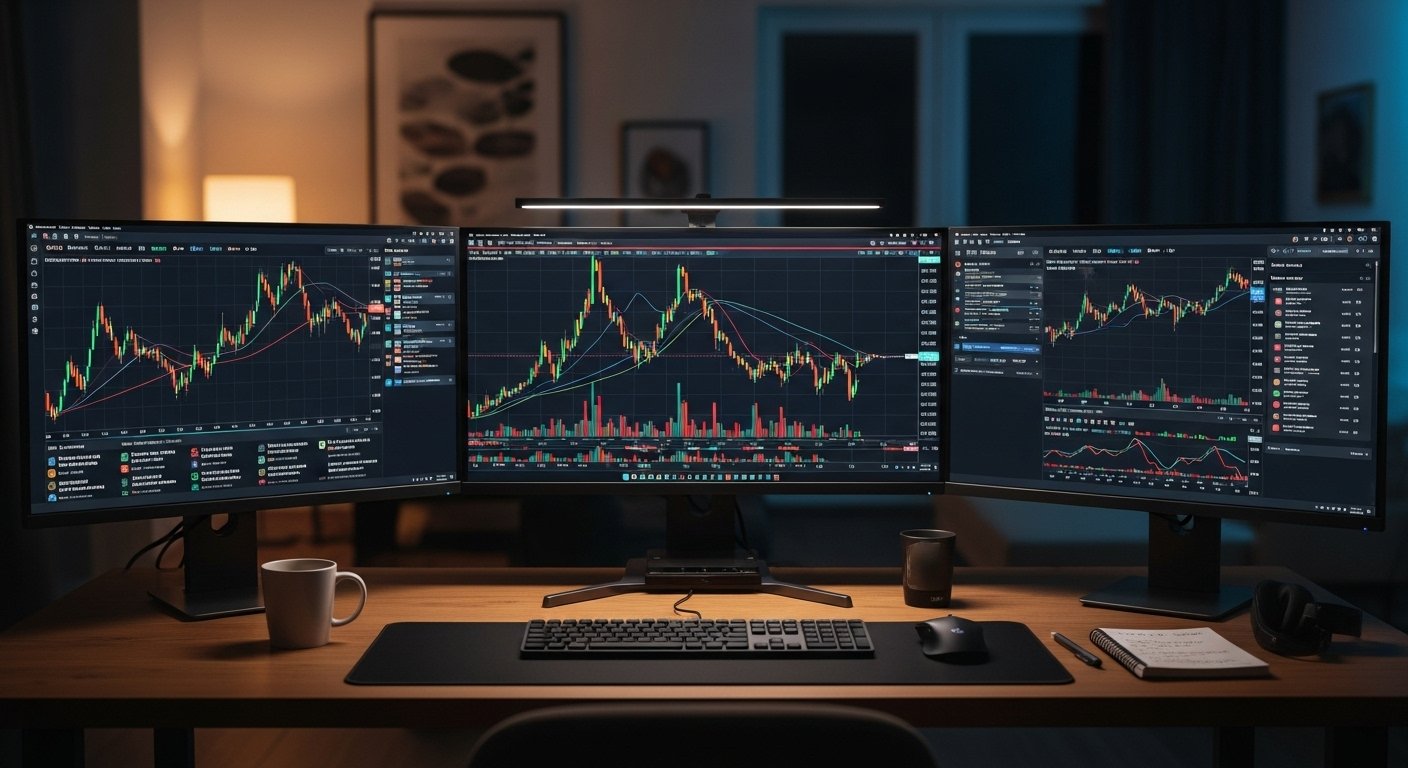1. Market Volatility: The Silent Profit Killer

Volatility remains the defining feature of the modern market.
In 2025, the S&P 500’s average daily price swing stands around 1.3%, compared to 0.7% pre-pandemic.
That means even well-diversified portfolios experience faster drawdowns and rebounds than ever before.
Recent drivers of volatility include:
- Federal Reserve’s shifting stance on rate cuts
- Ongoing conflicts and geopolitical uncertainty
- High-frequency algorithmic trading amplifying intraday moves
For investors, the challenge isn’t predicting volatility — it’s surviving it.
Risk Management Strategies
- Keep at least 15–20% of your portfolio in cash or short-term Treasuries (SHV, BIL)
- Use low-beta ETFs (like SCHD, VTV) to reduce exposure
- Balance growth stocks with dividend or defensive holdings
2. Interest Rate & Macro Risk: The Fed’s Ripple Effect

Interest rates remain the most powerful macro lever in the stock market.
While the Fed has guided for rate normalization, U.S. policy rates in late 2025 still hover near 3.75~4.00%, limiting credit expansion and equity valuations.
When interest rates rise:
- Corporate borrowing costs increase → margins shrink
- Equity valuations decline → the S&P 500’s forward P/E ratio typically compresses by 8–10% per 1% rise in rates
- Tech and growth stocks (NVDA, MSFT, TSLA) face the biggest sensitivity
Mitigation
- Diversify into value sectors (Financials, Energy, Industrials)
- Maintain exposure to Treasury ETFs (TLT, VGSH) during rate peaks
- Avoid over-leveraged growth companies
3. Company-Specific Risk: Balance Sheet Matters More Than Buzz

Every stock is ultimately a company.
And every company carries unique financial and operational risks.
As of 2025, roughly 17% of Nasdaq-listed companies are unprofitable, with small-cap and biotech names most at risk.
Leverage, cash burn, and weak free cash flow remain early warning signals of instability.
What to Watch
- Debt-to-equity ratio under 1.0 (healthy balance sheet)
- ROE above 10% for sustainable profitability
- Positive free cash flow (FCF) over multiple quarters
Always review SEC filings (10-K, 10-Q) — not social media opinions.
4. Behavioral Risk: The Investor’s Own Worst Enemy

According to DALBAR’s 2024 Quantitative Analysis of Investor Behavior,
the average investor underperformed the S&P 500 by 8.5% annually, mainly due to emotional decisions.
Common behavioral pitfalls:
- Fear-based selling during temporary corrections
- Greed-driven buying during market euphoria
- Information overload, leading to reactionary trades
Solutions
- Automate your investment plan (e.g., DCA into S&P 500 ETFs)
- Limit portfolio check-ins to once or twice a week
- Use predefined stop-loss and take-profit levels
Emotions erode returns faster than bear markets do.
5. Information Risk: Data Overload and Disinformation

The modern investor is drowning in information but starving for truth.
Between YouTube “gurus,” X (Twitter) stock calls, and AI-generated tips, the quality of financial content has sharply declined.
According to FINRA’s 2024 report:
- Investment fraud complaints rose 63% year-over-year
- The most common scams involved AI stock predictions and leveraged ETF “signals”
How to Stay Safe
- Verify data through official filings (SEC, Bloomberg, Federal Reserve, company IR sites)
- Be skeptical of “guaranteed return” claims
- Avoid investment groups or “signal chats” promising quick profits
Information is power — but misinformation is poison.
6. Tax & Regulatory Risk: The Overlooked Cost of Investing

Many investors forget that taxes directly cut into returns.
While U.S. capital gains tax rates remain unchanged, ETF and dividend income can still drag on performance.
Key points for 2025:
- Short-term capital gains taxed up to 37% (ordinary income rate)
- Long-term gains: 15–20%, depending on income bracket
- Dividend tax: up to 23.8% for high earners
- State-level taxes can add another 5–10% depending on residence
Strategies
- Prioritize Roth IRA / 401(k) contributions
- Use tax-efficient ETFs (VTI, SCHD, ITOT)
- Harvest losses strategically to offset taxable gains
7. Geopolitical & Currency Risk: Global Events, Local Impact

From oil supply shocks to China’s slowing economy, global risks are increasingly market risks.
As of late 2025, the USD remains strong (DXY 105–107), pressuring multinational earnings and emerging-market capital flows.
Events to monitor:
- U.S. elections and fiscal policy shifts
- China–Taiwan tensions
- Middle East supply disruptions impacting energy prices
Defensive Plays
- Exposure to Energy (XLE) and Defense (ITA) sectors
- Partial allocation to Gold (GLD) or U.S. Treasuries (TLT)
- Avoid concentrated bets in emerging markets during instability
8. Leverage & Derivative Risk: The Double-Edged Sword

Leverage amplifies gains — and magnifies losses.
In 2025, leveraged ETFs, CFDs, and options trading have surged among retail traders, but losses have, too.
- Average CFD retail loss ratio: 68% (source: CFTC, 2024)
- 3x leveraged ETFs like TQQQ or SOXL underperform in sideways markets due to daily compounding decay
Guideline
- Use leverage for short-term tactical trades only
- Limit leveraged exposure to under 5% of total assets
- Avoid overnight positions in 3x ETFs
9. Conclusion: Don’t Eliminate Risk — Engineer It

Risk is not the enemy; mismanagement is.
In a market shaped by AI-driven volatility and macro uncertainty, successful investors are not those who avoid risk, but those who structure it intelligently.
Building a resilient portfolio means:
- Diversifying across growth and income assets
- Balancing conviction with liquidity
- Letting data, not emotion, drive your decisions
In 2025, financial success won’t come from guessing the market’s next move —
it will come from mastering your own.










